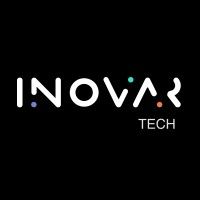832 reads
10 Strategic Technology Trends Businesses Should Plan for in 2021
by
December 20th, 2020
Audio Presented by

We help businesses transform with effective bleeding edge technologies.
About Author
We help businesses transform with effective bleeding edge technologies.